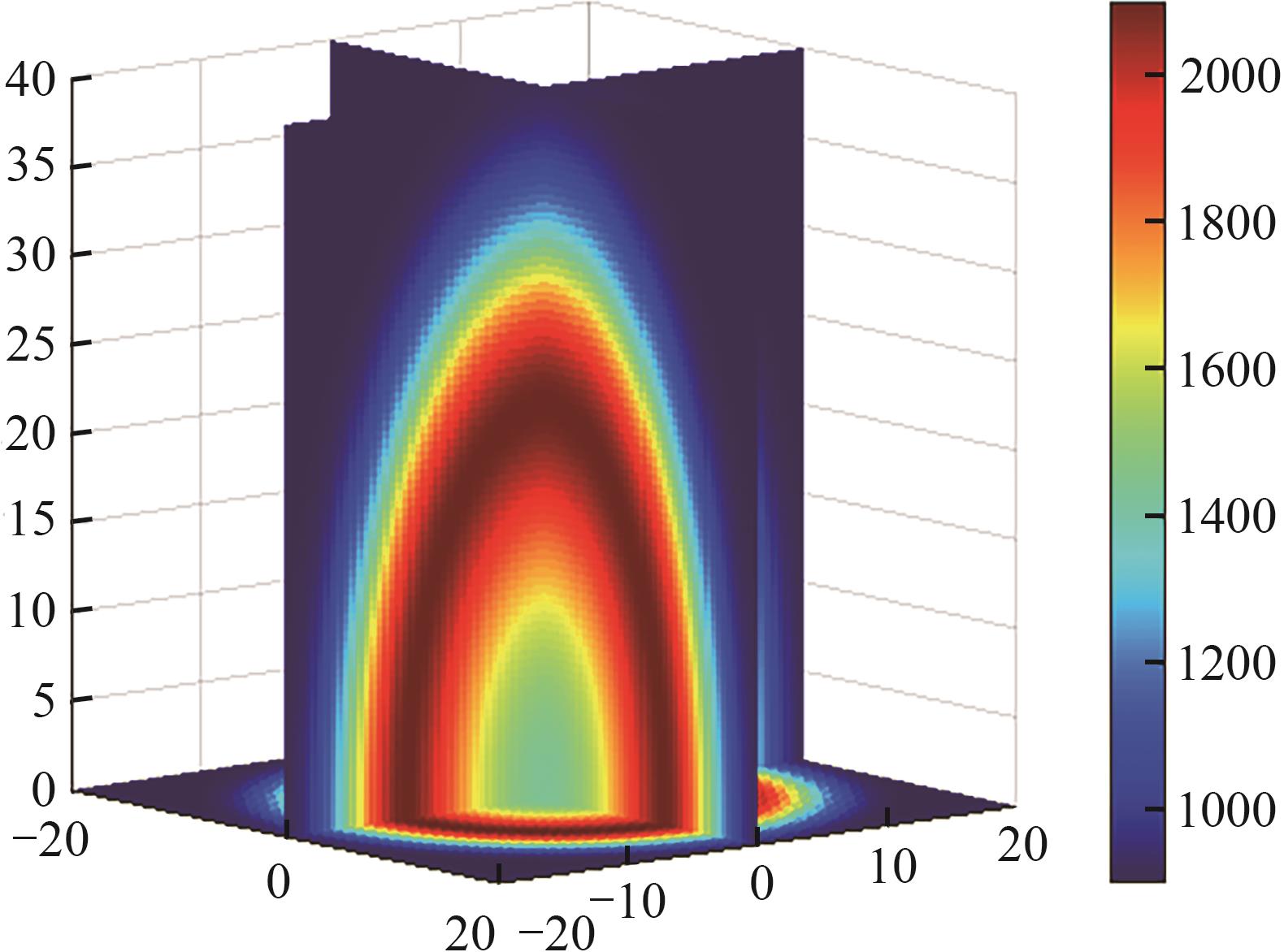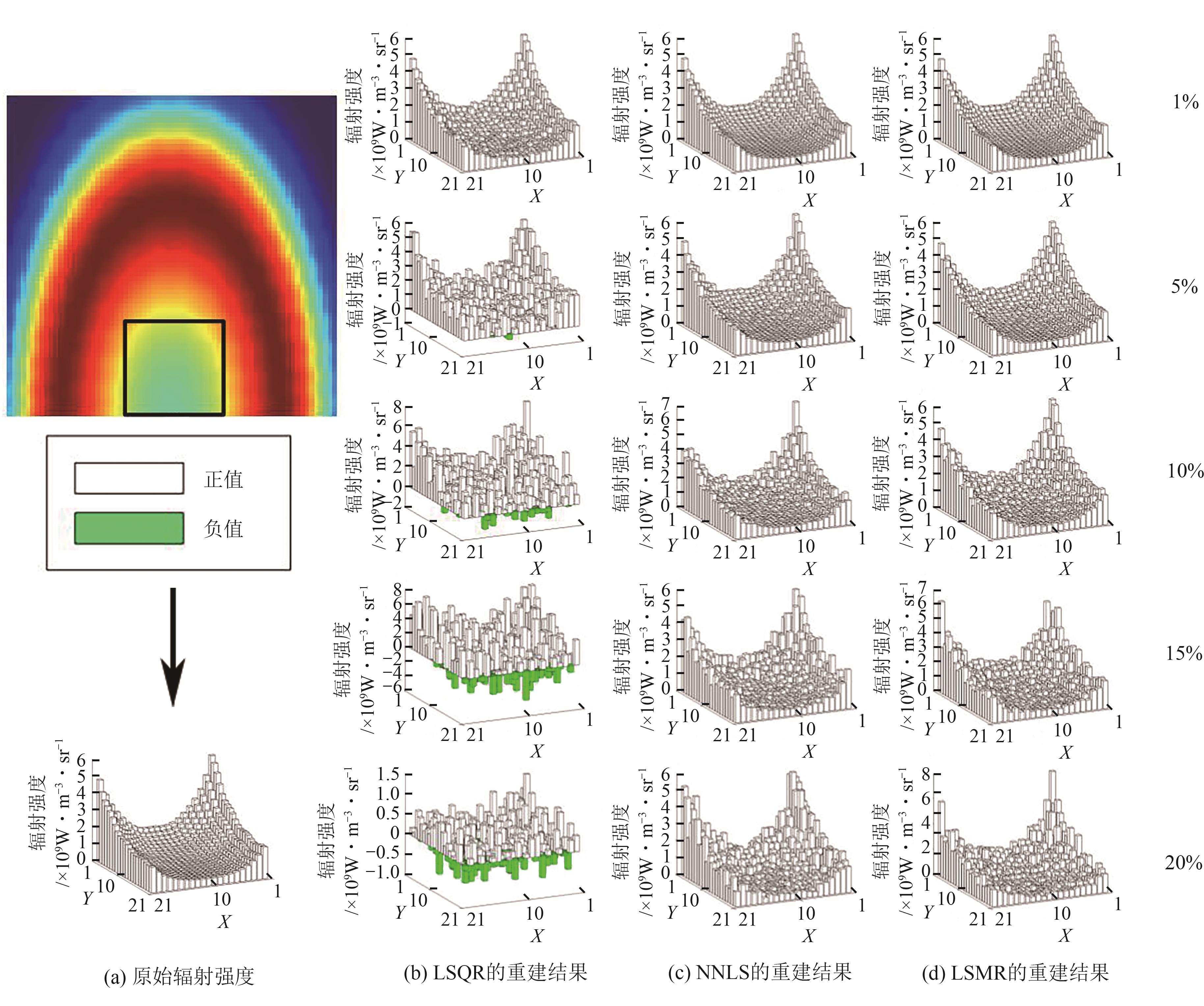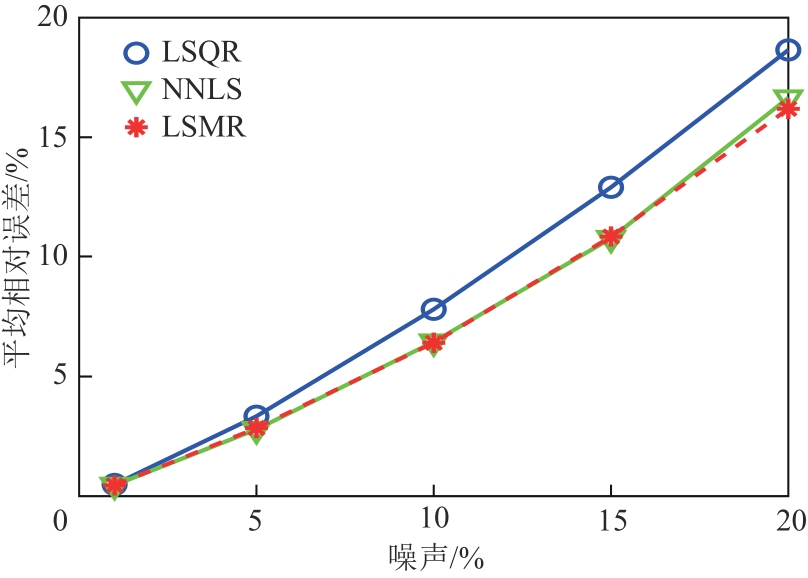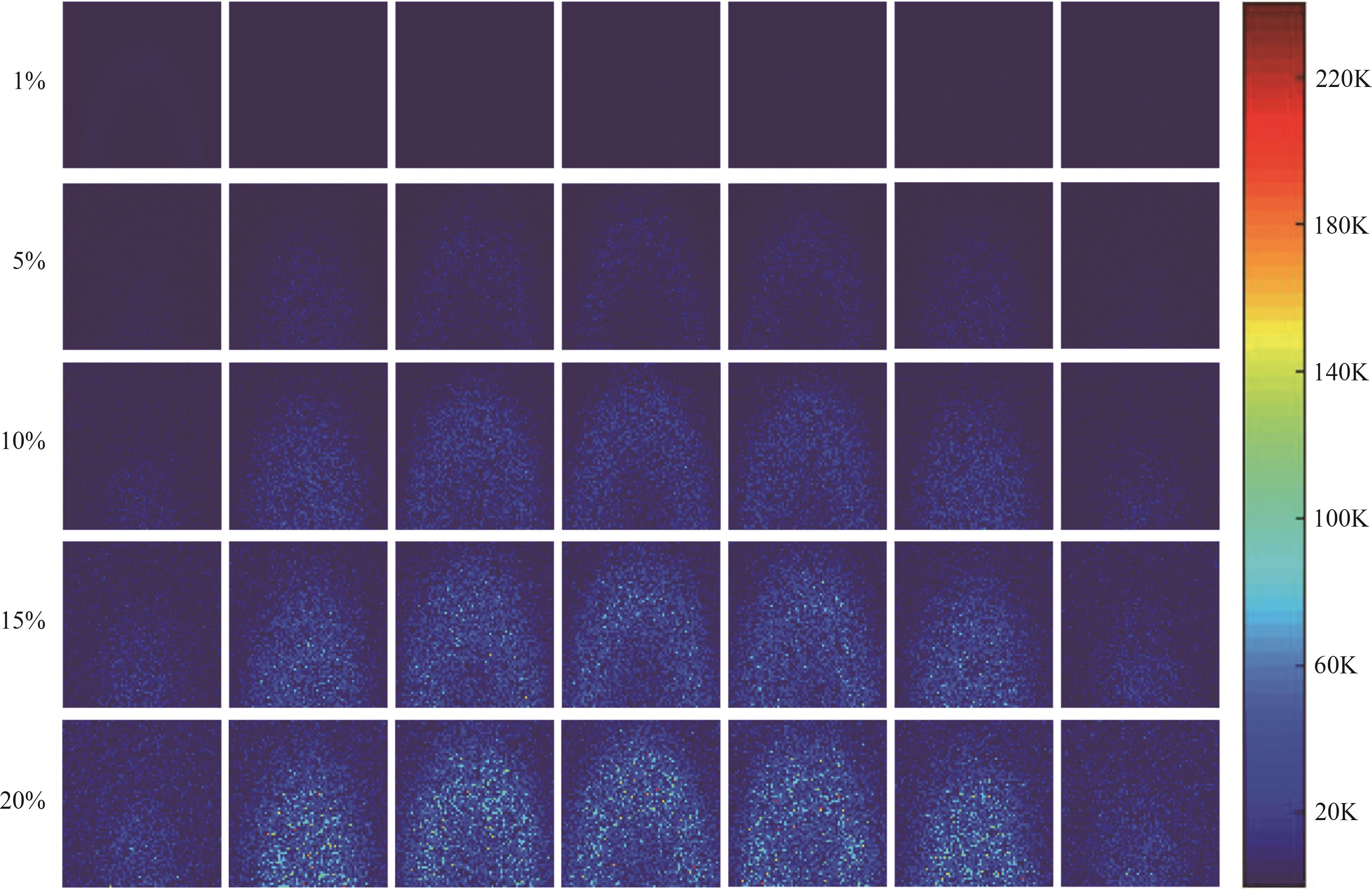| 1 |
岑可法, 姚强, 骆仲泱, 等. 高等燃烧学[M]. 杭州: 浙江大学出版社, 2002: 1-5.
|
|
CEN Kefa, YAO Qiang, LUO Zhongyang, et al. Advanced combustion science[M]. Hangzhou: Zhejiang University Press, 2002: 1-5.
|
| 2 |
于英利, 付旭晨, 戴莹莹, 等. 燃煤电站锅炉水冷壁壁面高温腐蚀问题分析与对策[J]. 化工进展, 2020, 39(S1): 90-96.
|
|
YU Yingli, FU Xuchen, DAI Yingying, et al. Analysis and countermeasure of high temperature corrosion on water wall of coal-fired power plant boiler[J]. Chemical Industry and Engineering Progress, 2020, 39(S1): 90-96.
|
| 3 |
戴景民, 金钊. 火焰温度测量技术研究[J]. 计量学报, 2003(4): 297-302.
|
|
DAI Jingmin, JIN Zhao. Study on the measurement techniques of flame temperature[J]. Acta Metrologica Sinica, 2003(4): 297-302.
|
| 4 |
王飞, 马增益, 严建华, 等. 利用火焰图像同时重建温度场和浓度场的试验研究[J]. 动力工程, 2003, 23(3): 2404-2408.
|
|
WANG Fei, MA Zengyi, YAN Jianhua, et al. Experimental study of temperature and concentration distribution measurement based on flame image[J]. Power Engineering, 2003, 23(3): 2404-2408.
|
| 5 |
LUO Zixue, ZHOU Huaichun. A combustion-monitoring system with 3-D temperature reconstruction based on flame-image processing technique[J]. IEEE Transactions on Instrumentation and Measurement, 2007, 56(5): 1877-1882.
|
| 6 |
BRISLEY P M, LU Gang, YAN Yong, et al. Three-dimensional temperature measurement of combustion flames using a single monochromatic CCD camera[J]. IEEE Transactions on Instrumentation and Measurement, 2005, 54(4): 1417-1421.
|
| 7 |
ZHOU Huaichun, HAN Shudong, SHENG Feng, et al. Visualization of three-dimensional temperature distributions in a large-scale furnace via regularized reconstruction from radiative energy images: Numerical studies[J]. Journal of Quantitative Spectroscopy and Radiative Transfer, 2002, 72(4): 361-383.
|
| 8 |
卫成业, 王飞, 严建华, 等. 利用代数重建技术根据火焰辐射图像测量煤粉火焰断面温度场[J]. 计量学报, 2001(2): 116-121.
|
|
WEI Chengye, WANG Fei, YAN Jianhua, et al. The measurement of intersection temperature distribution of coal burning flame using algebra reconstruction technique (ART) based on radiation image[J]. Acta Metrologica Sinica, 2001(2): 116-121.
|
| 9 |
Ren NG, LEVOY M, BREDIF M, et al. Light field photography with a hand-held plenoptic camera[J]. Stanford Tech Report CTSR, 2005, 2(11): 1-11.
|
| 10 |
黄兴, 齐宏, 牛志田, 等. 基于光场成像技术的散射性火焰温度场重建[J]. 北京航空航天大学学报, 2020, 46(5): 952-959.
|
|
HUANG Xing, QI Hong, NIU Zhitian, et al. Temperature field reconstruction of scattering flame based on light-field imaging[J]. Journal of Beijing University of Aeronautics and Astronautics, 2020, 46(5): 952-959.
|
| 11 |
齐琪, 王长健, 仪建华, 等. 基于特征光线选择的多光场相机采样优化方法[J]. 化工进展, 2021, 40(12): 6581-6589.
|
|
QI Qi, WANG Changjian, YI Jianhua, et al. Approach to optimize the sampling of multi-light field camera system based on feature rays selection[J]. Chemical Industry and Engineering Progress, 2021, 40(12): 6581-6589.
|
| 12 |
孙俊阳. 光场相机标定及火焰三维温度场重建方法研究[D]. 南京: 东南大学, 2018.
|
|
SUN Junyang. Study on calibration of light field camera and reconstruction of 3D temperature field of flame[D]. Nanjing: Southeast University, 2018.
|
| 13 |
单良, 赵腾飞, 黄荟云, 等. 基于阻尼LSQR-LMBC的火焰三维温度场重建[J]. 物理学报, 2022, 71(4): 21-32.
|
|
SHAN Liang, ZHAO Tengfei, HUANG Huiyun, et al. Flame 3D temperature field reconstruction based on damped LSQR-LMBC[J]. Acta Physica Sinica, 2022, 71(4): 21-32.
|
| 14 |
黄荟云. 基于光线追迹的火焰三维温度场重建[D]. 杭州: 中国计量大学, 2021.
|
|
HUANG Huiyun. Reconstruction of three-dimensional flame temperature field based on ray tracing[D]. Hangzhou: China University of Metrology, 2021.
|
| 15 |
孙安泰. 基于深度学习的火焰三维温度场层析重建及预测研究[D]. 哈尔滨: 哈尔滨工业大学, 2021.
|
|
SUN Antai. Tomography reconstruction and prediction of three-dimensional temperature field of flame based on deep learning[D]. Harbin: Harbin Institute of Technology, 2021.
|
| 16 |
SUN Jun, XU Chuanlong, ZHANG Biao, et al. Three-dimensional temperature field measurement of flame using a single light field camera[J]. Optics Express, 2016, 24(2): 1118.
|
| 17 |
孙俊. 基于光场成像的火焰三维温度场测量方法研究[D]. 南京: 东南大学, 2018.
|
|
SUN Jun. Three-dimensional temperature measurement of flame based on light field imaging[D]. Nanjing: Southeast University, 2018.
|
| 18 |
Chin-Lung FONG D, SAUNDERS M. LSMR: An iterative algorithm for sparse least-squares problems[J]. SIAM Journal on Scientific Computing, 2011, 33(5): 2950-2971.
|
| 19 |
ZHAO Chao, HUANG Tingzhu, ZHAO Xile, et al. Two new efficient iterative regularization methods for image restoration problems[J]. Abstract and Applied Analysis, 2013, 2013: 1-9.
|
| 20 |
XU Hao, HUANG Tingzhu, Xiaoguang LYU, et al. The implementation of LSMR in image deblurring[J]. Applied Mathematics & Information Sciences, 2014, 8(6): 3041-3048.
|
| 21 |
GEORGIEV T, INTWALA C. Light field camera design for integral view photography[J]. Adobe Technical Report, 2006: 1-13.
|
| 22 |
PAIGE C C, SAUNDERS M A. LSQR: An algorithm for sparse linear equations and sparse least squares[J]. ACM Transactions on Mathematical Software, 8(1): 43-71.
|
| 23 |
LAWSON C L, HANSON R J. Solving least squares problems[M]. Philadelphia: SIAM, 1995.
|
 ), YANG Wenqi1, HONG Bo1, ZHOU Rongxing1, KONG Ming2(
), YANG Wenqi1, HONG Bo1, ZHOU Rongxing1, KONG Ming2( )
)





